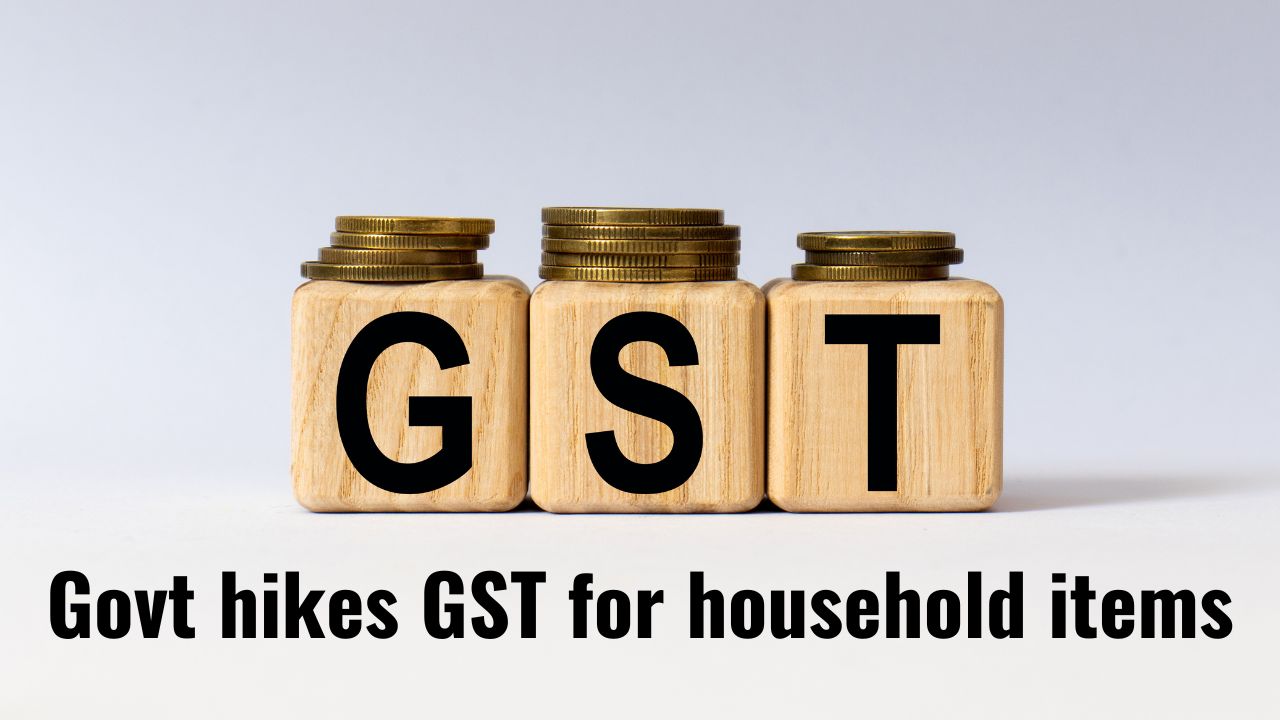GST Council approves higher rates and lower exemptions

Last Updated: 12th December 2022 - 11:28 pm
At a time when the government is looking for new sources of revenues, the low hanging fruit is to plug the leakages in the form of too many exemptions. The meeting of the GST Council which concluded on Wednesday 29th June, made far reaching changes by way of a hike in rates, removal of tax exemptions and the rationalization of a number of rates and exemptions in the GST Act. In a sense, the erstwhile argument that items of mass consumption must be kept at low GST rates is also being gradually questioned. Policy level changes put forth by the GST Council. At a broad policy level, the GST Council has made some critical changes at a policy level, some of which can be summarized as under.
• At a macro policy level, the GST Council decided to remove a host of tax exemptions and hike rates for an even larger number of mass-consumption items. That turns the original argument about the rationale of GST rates on its head.
• The Council approved the reports of three ministerial panels Group of Ministers (GOMs) on rate rationalisation, system reforms and e-way bills on intra-state gold movement to ensure easier and more efficient of tracking and monitoring of movement of goods.
• The report of the Fitment Committee of the GST Council to develop and implement a margin scheme for tour operators was also accepted by the Centre-state Council. This would help the contact sensitive sector to show signs of a quicker recovery.
Start Investing in 5 mins*
Get Benefits worth 2100* | Rs.20 Flat Per Order | 0% Brokerage
• The GST Council approved use of electricity bill data during registration. It accepted real-time validation of bank accounts, risk assessment of new applicants using machine learning and mandatory physical verifications, and site verification with geo-coding. GST rate and exemption changes put forth. The GST Council also accepted a slew of measures to change the tax structure of the Goods and Services Tax in sync with the changing conditions.
• GST rate will be increased from 12% to 18% on printing, writing or drawing ink, knives with cutting blades, blades, pencil sharpeners, spoons, forks, skimmers, cake-servers, power-driven pumps, deep tube-well turbine pumps, bicycle pumps etc.
• The rate increase from 12% to 18% also applies to machines for cleaning, sorting or grading eggs and fruit and milking machines and dairy machinery, LED lamps, LED lights, LED driver and composite works contract supplied to government, local authorities.
• In the case of air-based atta chakki, machines for cleaning, sorting or grading, seed, grain or dried leguminous vegetables; machinery used in milling industry, wet grinder consisting of stone as grinder, GST rates will be hiked from 5% to 18%.
• In the case of products like solar water heater and system, leather/chamois leather/composition leathers, composite works contract supplied to government, local authorities involving earth work, processing of leather and the manufacture of leather goods or footwear, the GST rates are upped from 5% to 12%.
• The GST Council has also taxed blue-chip healthcare. It will impose 12% tax on hotel rooms costing below Rs1,000 per day and a 5% levy without input tax credit (ITC) on hospital rooms with rent above Rs5,000 per day. Most unbranded pre-packaged and labelled food items will attract 5% GST now.
• The GST Council has decided to withdraw exemptions on cheque book and maps, which will attract 18% and 12% GST respectively. In addition, goods related to petroleum/coal bed methane will attract 12% instead of 5% and electronic waste to attract 18% instead of 5%. Services by financial regulators including the RBI, Sebi and IRDA will also be taxed.
Big change in taxing online gaming
A final call is yet to be taken on taxation of gaming but that is likely to be raised from 18% to 28%, which is the sin rate applied on cigarettes and even cars. GST on online skill gaming will also be raised from 18% to 28% to bring it on a par with chance games involving gambling and betting. The subtle differentiation was not adding much value and allowing leakage of revenues. Online gaming is a Rs30,000 crore industry and there is no reason the government must not get a share of the pie.
- Flat ₹20 Brokerage
- Next-gen Trading
- Advance Charting
- Actionable Ideas
Trending on 5paisa
Disclaimer: Investment in securities market are subject to market risks, read all the related documents carefully before investing. For detailed disclaimer please Click here.
 5paisa Research Team
5paisa Research Team